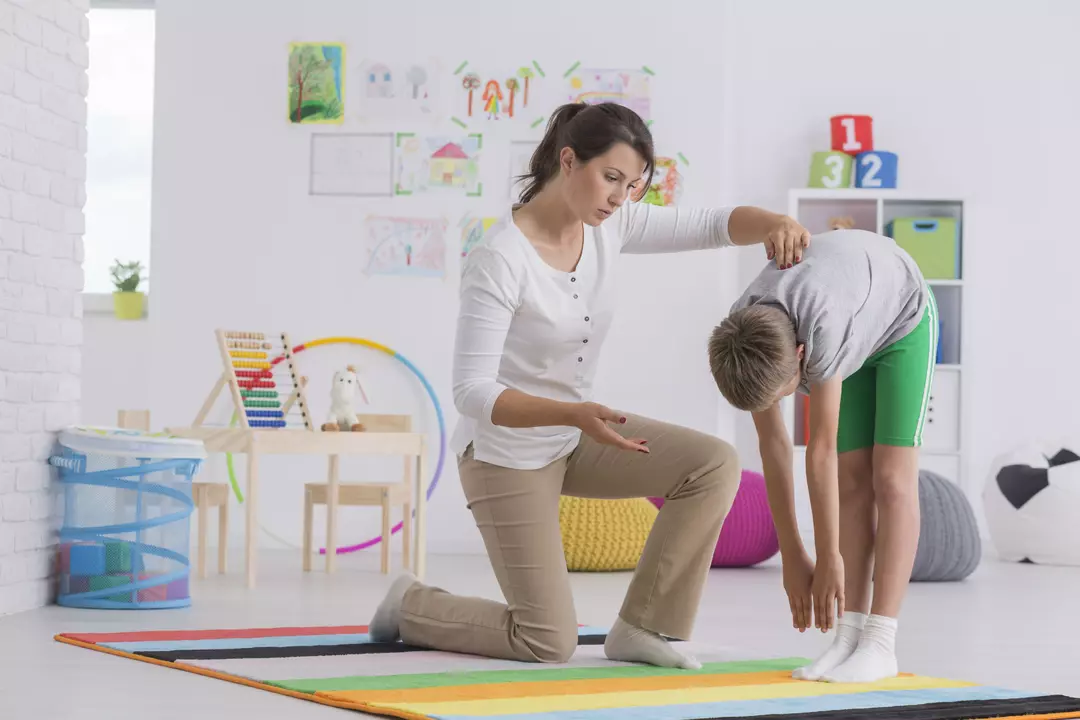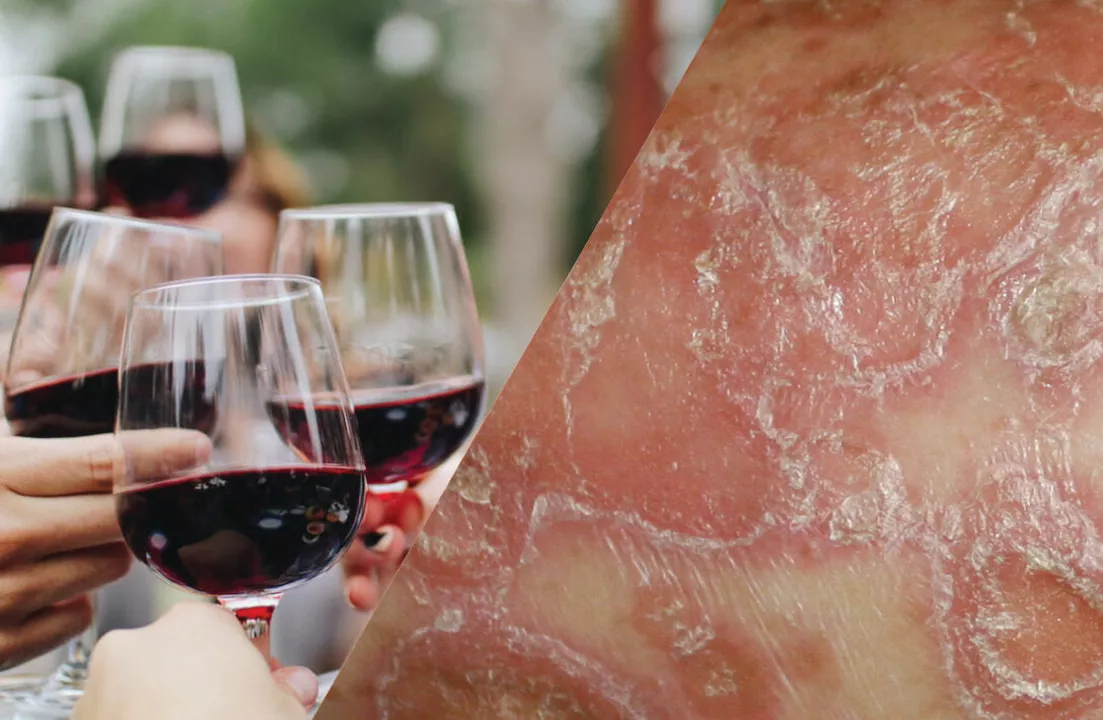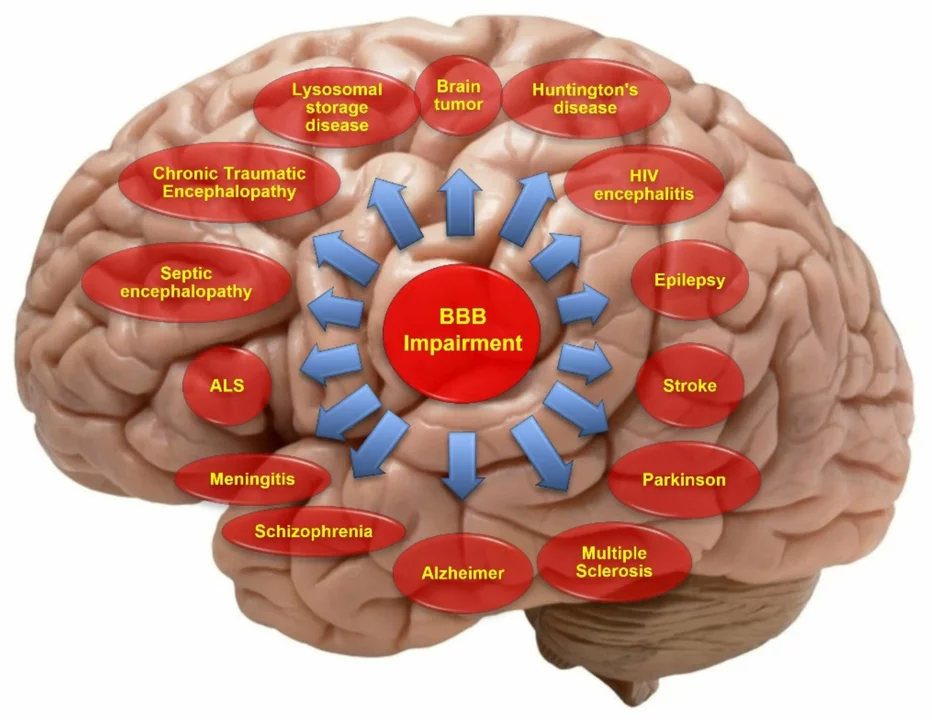April 2023: practical reads on arthritis, psoriasis, buspirone, and atomoxetine
Want clear, usable health tips without the jargon? In April 2023 GrantPharmacy.com published four short posts that do exactly that. Each piece gives concrete steps you can try right away: ways occupational therapy helps kids with juvenile arthritis, how alcohol can affect plaque psoriasis, how to talk about buspirone without shame, and what to expect from atomoxetine for impulsivity.
The occupational therapy article focuses on daily wins for children with juvenile arthritis. It describes simple joint-protection methods—like using larger handles on utensils, choosing shirts with front zippers, and splitting tasks into shorter steps. It also highlights play-based exercises to keep finger and wrist movement strong, plus basic pain-management tips families can use during flares, such as cool compresses and pacing activity through the day.
The plaque psoriasis and alcohol post warns that drinking can make inflammation worse and can reduce how well some treatments work. It suggests concrete actions: keep a short diary noting drinks and skin changes, try cutting back for two weeks to compare results, and discuss safer treatment combinations with your dermatologist. The post lists clear red flags—rapid new plaques, spreading rash, or losing response to current meds—that should prompt a clinic visit.
The buspirone piece aims to reduce the shame people feel about taking psychiatric meds. It shares practical conversation starters to tell a friend or clinician, ways to track side effects (sleep, appetite, dizziness), and tips to pair medication with therapy. One helpful idea: pick one trusted person to check in weekly while you adjust to the drug. That makes the process less isolating and gives you real data to discuss with your prescriber.
The atomoxetine article explains how this non-stimulant can lower impulsivity in ADHD. It covers who might try it—people who can’t tolerate stimulants or who need steady symptom control—and what to expect: gradual improvement over several weeks, possible mild side effects like nausea or sleep changes, and the value of combining medication with behavior strategies such as routine-building and brief coaching sessions. It also suggests tracking specific behaviors (interrupting, blurting, risky choices) before and after starting treatment to judge benefit.
Quick takeaways you can use
For parents: early occupational therapy can keep a child more independent and reduce pain. For skin care: test alcohol reduction and watch for changes before switching treatments. For mental health: talking about buspirone with one safe person makes a big difference. For ADHD: atomoxetine is a reasonable non-stimulant choice, best used alongside behavior support.
Where to go next
Each post links to practical checklists and questions to bring to your provider. If something sounds relevant, save the tips and try one change this week—a joint-friendly tool, a two-week alcohol log, a short medication diary, or a behavior checklist for impulsivity. If symptoms are new, worsening, or worrying, contact your healthcare team right away.
Bookmark this archive to quickly find short, practical guides on medications and conditions that affect everyday life.

The Role of Occupational Therapy in Supporting Children with Juvenile Arthritis
- by Colin Edward Egan
- on 30 Apr 2023
As a blogger, I've recently been researching the role of occupational therapy in supporting children with juvenile arthritis. Occupational therapists play a vital role in helping these children maintain their independence and improve their quality of life. They work closely with the child and their family to create customized treatment plans that focus on enhancing daily living skills, managing pain, and preventing joint deformity. Occupational therapists also educate families on various strategies to help their child manage the physical and emotional challenges associated with this condition. Overall, the support and guidance provided by occupational therapists are crucial in ensuring children with juvenile arthritis can lead fulfilling lives.

Plaque Psoriasis and Alcohol: What You Need to Know
- by Colin Edward Egan
- on 29 Apr 2023
As someone who has been researching plaque psoriasis, I've discovered that alcohol can play a significant role in exacerbating this skin condition. It's important to understand that excessive alcohol consumption can lead to flare-ups and increased inflammation. Moreover, alcohol can interfere with the effectiveness of psoriasis treatments, making it even more difficult to manage. For those suffering from plaque psoriasis, it's crucial to be aware of the potential impact of alcohol on your skin's health. By reducing or eliminating alcohol intake, you can significantly improve your symptoms and overall well-being.

Overcoming Stigma: Talking About Buspirone and Mental Health
- by Colin Edward Egan
- on 27 Apr 2023
In today's blog post, we're going to discuss the importance of overcoming stigma surrounding mental health and medications, specifically focusing on Buspirone. As someone who has experienced this firsthand, I know how difficult it can be to open up about our mental health struggles and seek the help we need. It's crucial to create a safe and supportive environment for those who are considering or are already taking Buspirone, as this medication can significantly improve their quality of life. Together, let's break the silence and encourage open conversations about mental health and medications like Buspirone. Remember, there's no shame in seeking help and prioritizing our well-being.

The Role of Atomoxetine in Reducing Impulsivity
- by Colin Edward Egan
- on 27 Apr 2023
As a copywriter, I have come across an interesting topic about Atomoxetine and its role in reducing impulsivity. From what I've gathered, Atomoxetine is a non-stimulant medication used to treat ADHD. It's been shown to improve attention and focus while reducing impulsive behaviors. This medication can be a game-changer for individuals struggling with impulsivity, as it helps them gain better control over their actions. Overall, Atomoxetine plays a crucial role in managing ADHD symptoms and improving the quality of life for those affected by it.
About GrantPharmacy
- by Colin Edward Egan
- on 27 Apr 2023
Discover who GrantPharmacy.com is, our vision, and what we offer. GrantPharmacy.com provides a comprehensive guide to medications, diseases, and health supplements. Our goal is to educate and empower individuals with detailed and accurate health information.
GrantPharmacy.com Terms of Service
- by Colin Edward Egan
- on 27 Apr 2023
Discover the full terms of service of GrantPharmacy.com, which outline the rules and guidelines for using our online resources and information. These terms are designed to protect both you and the integrity of our website, ensuring a safe and reliable experience.
Privacy Policy
- by Colin Edward Egan
- on 27 Apr 2023
The Privacy Policy page of GrantPharmacy.com outlines the collection, use, and protection of personal information provided by its users. The policy describes user rights, data security measures, information sharing practices, and contact information for privacy inquiries. It emphasizes the importance of user privacy and the website's commitment to safeguarding personal data.
GDPR Compliance Policy
- by Colin Edward Egan
- on 27 Apr 2023
Our GDPR Compliance Policy outlines the steps GrantPharmacy.com takes to safeguard user privacy and personal data. The page provides detailed insights into data protection approaches, users' rights under GDPR, and contact information for data-related inquiries at GrantPharmacy.com.
Contact Us
- by Colin Edward Egan
- on 27 Apr 2023
Reach out to us at GrantPharmacy.com for any pharmaceutical information or assistance you need. Our Contact Us page provides the owner's postal address and email contact along with a convenient contact form. You can send us a message regarding medications, disease knowledge, or for general wellness advice. We are here to guide and support you on your health journey.
